Dezeen Awards 2020 design project winners revealed
The 12 winning design projects for Dezeen Awards 2020 have been revealed. Winners include a pocket-sized HIV home testing kit, an installation designed entirely from seaweed and postage stamps that warn of the impact of climate change.
Other winners announced in the Dezeen Awards 2020 design show hosted by LionHeart include a furniture range made from local discarded timber, lighting for an underwater restaurant in Norway and a body-movement recognition system for people with disabilities.
Catch: The HIV Detector by Hans Ramzan was named overall design project of the year.
The design winners were decided by a master jury consisting of Netherlands-based Margriet Vollenburg, Rhode Island School of Design president Roseanne Samerson, South African designer Sindiso Khumalo, Dror Benshetrit of Studio Dror and Talenia Phua Gajardo of The Artling.
There were 1,240 entries for the architecture categories at this year's Dezeen Awards. Of these, 62 were shortlisted by our jury of 25 leading figures from the world of architecture.
This week, the Dezeen Awards 2020 architecture winners were revealed on Monday 23 and interiors winners on Tuesday 24 November.
To find out about Dezeen Awards 2021, subscribe to our newsletter.
See the winning design projects on the Dezeen Awards website or read on below:
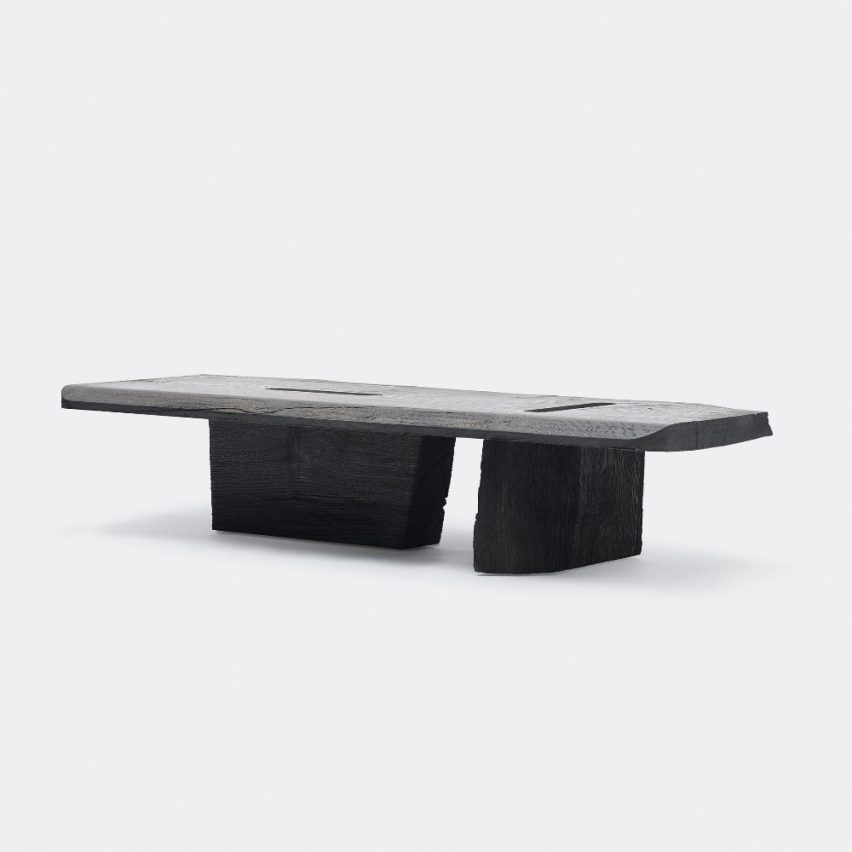
Furniture design of the year:
Essential by Viewport Studio
Essential is a furniture range that was sourced, developed and manufactured from discarded timber within a 10-mile radius of its production location.
London and Singapore-based Viewport Studio aimed to reduce the energy required to produce domestic furniture when designing this series of tables, which are made from discarded timber. The judges said that the project was "refreshing, simple and respectful".
"The fact that discarded pieces of timber are part of the core design is really interesting and also means that every piece is unique," they added.
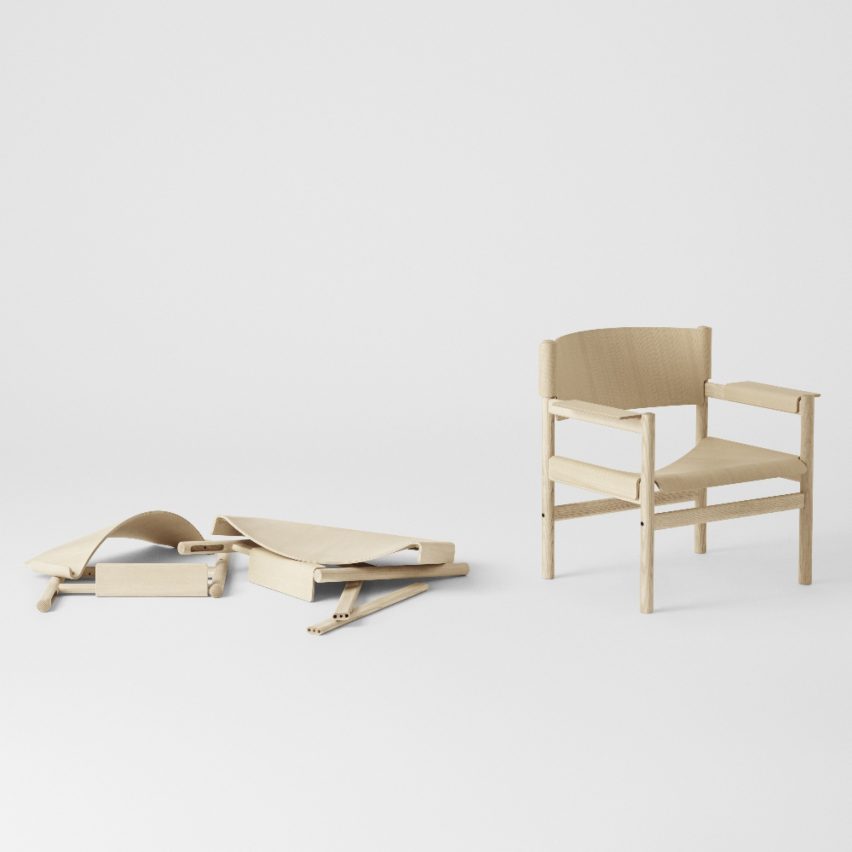
Seating design of the year:
Soft Lounge Chair by Thomas Bentzen for TAKT
The Soft Lounge Chair, designed by Thomas Bentzen for TAKT has a high level of craftsmanship which ensures a high-tactile quality. The whole system was designed sustainably and was awarded with the FSC and EU eco-label.
All components are available for replacement, and at the end of its lifecycle, it is easy to disassemble for recycling.
The design master jury said the Soft Lounge Chair "is a beautifully detailed project with a soft, neutral palette. It also comes in a flat-pack, which makes this chair a winner."
Highly commended: Bold Stool by Ming Design Studio
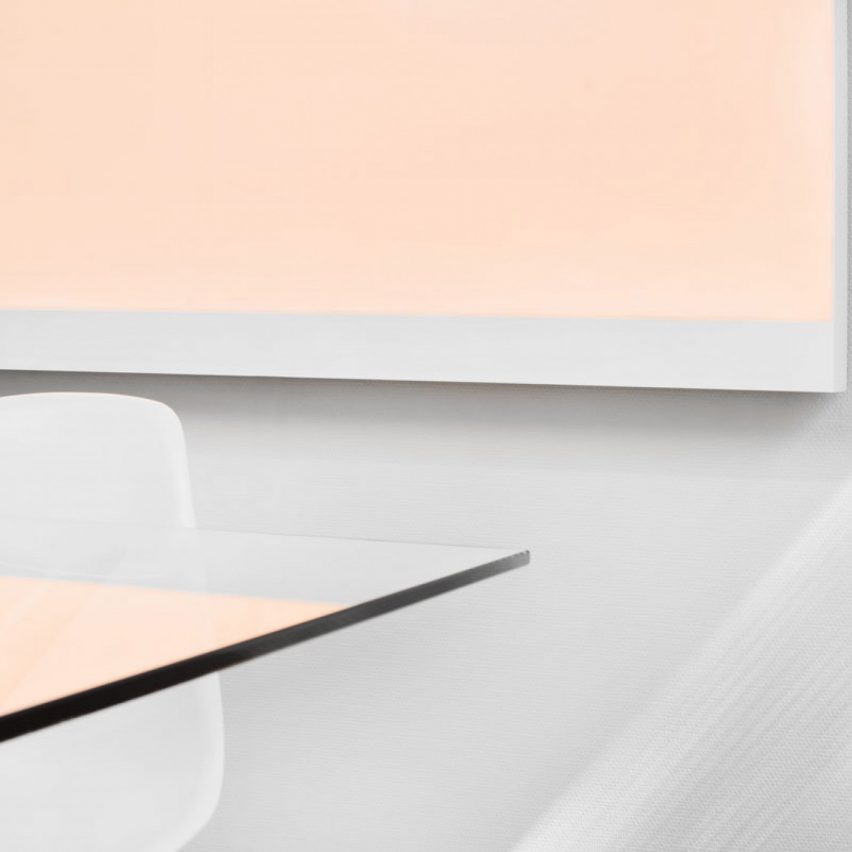
Lighting design of the year:
Light Cognitive by Light Cognitive
Finnish brand Light Cognitive created a lighting feature that mimics natural light through artificial window panes. The studio aimed to recreate natural light in indoor spaces, using artificial windows and light panels.
The company designed horizon and sky luminaires that recreate a sense of openness and connection to nature, which are adaptable to any space.
"This project addresses the importance of light in our lives," said design head judge Margriet Vollenburg.
"It is not so much about the form and shape, but more about human reactions and interventions within a space. It's about the light, not the lamp itself."
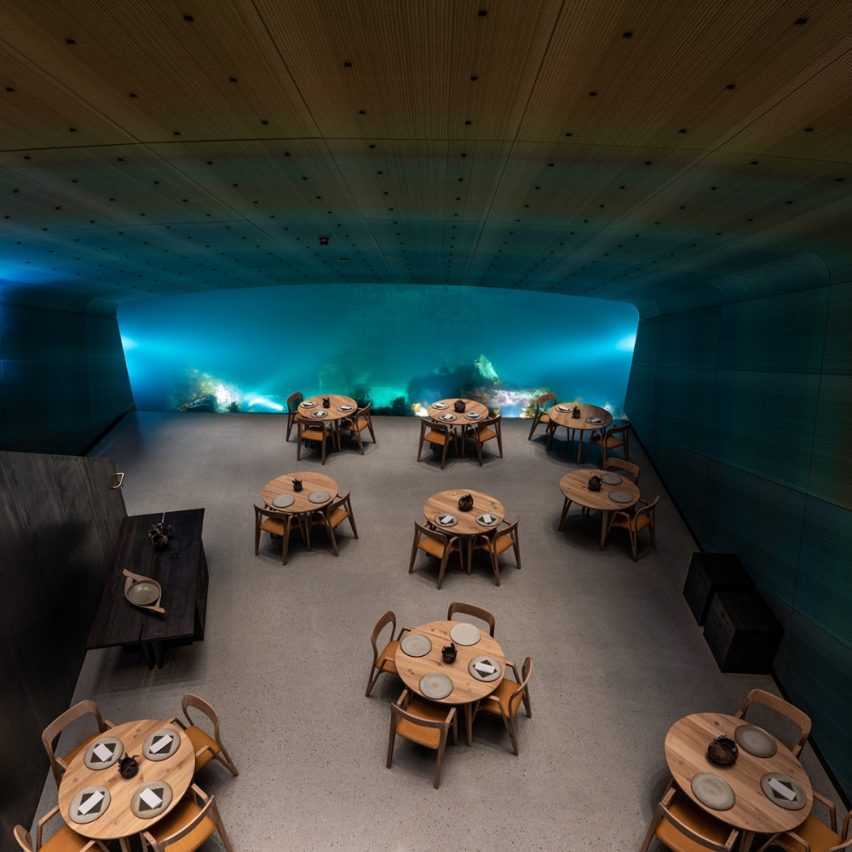
Architectural lighting design of the year:
Under by Light Bureau
Light Bureau created the architectural lighting for a restaurant that has been partially submerged in southern Norway.
The design's coarse concrete structure makes it easy for mussels to cling to its surface, acting as an artificial reef, whilst unique subsea lighting scenarios attract marine life, which helps rinse the sea water and increase biodiversity.
The judges said that the project "creates a magical experience for visitors".
"It's hard to think about the impact of underground light, not to mention the complications of making this project work… but the idea of factoring in the seascape, feels like a real collaboration with nature," they added.
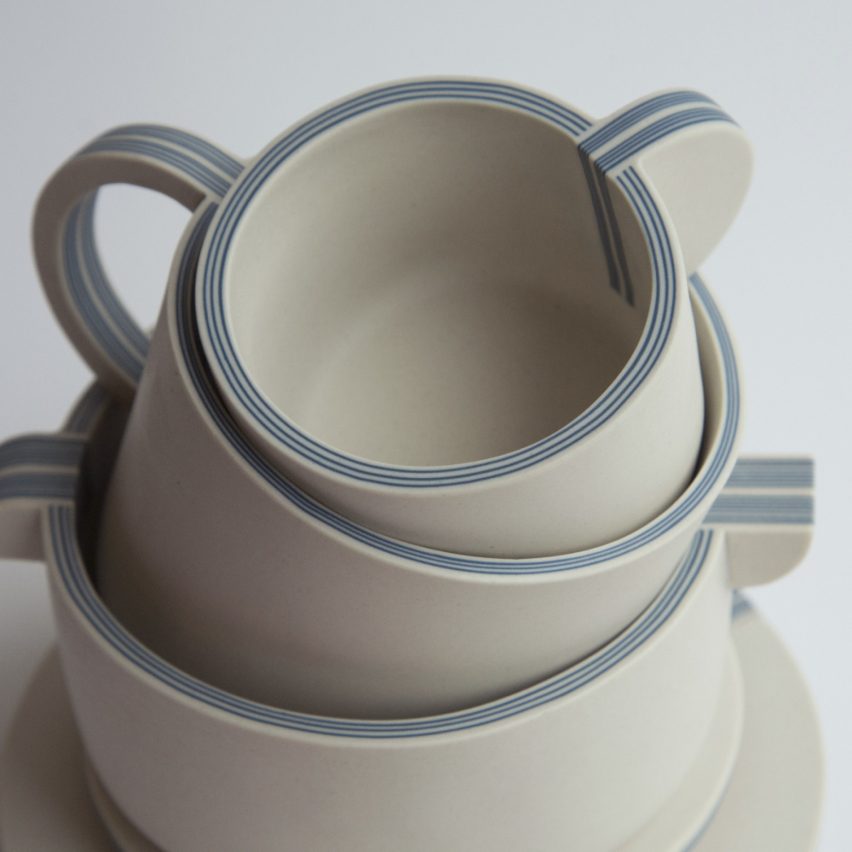
Homeware design of the year:
Plycelain by Yuting Chang
Taiwanese designer Yuting Chang created a ceramics collection that wears its traditional blue adornments not on the outside, but layered internally.
The delicate linework, which decorates the otherwise minimal, matte cream tableware, is built up by slip casting porcelain in alternating colours within a mould to create up to 29 layers in one piece.
The judges commented that this project "is a very unusual idea that shows innovative craftsmanship, timelessness, and the exploration of new techniques with a high aesthetic value".
Highly commended: Deepak by Katsuri Bolatia for Jaipur Rugs Company
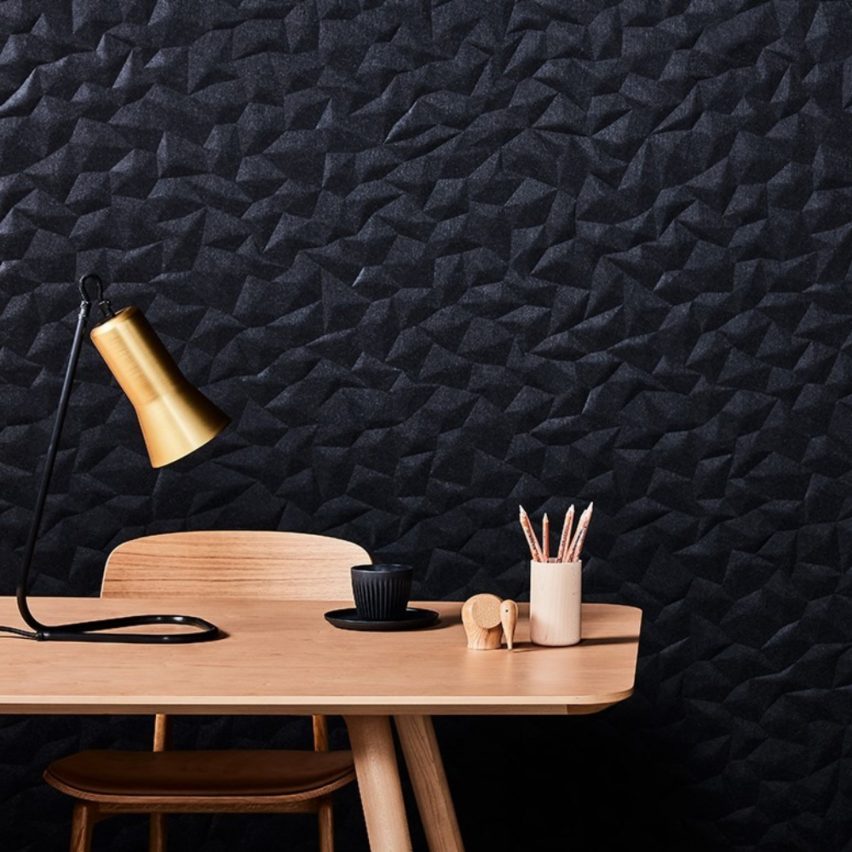
Workplace design of the year:
Zen and Ion Wall Panels by Woven Image
Zen and Ion is a series of tactile three-dimensional acoustic wall panels that was specially designed to provide a floor-to-ceiling acoustic solutions for commercial office interiors. The tactile wall panels reference the clean-lined, minimal aesthetic long-associated with Japan.
The judges said they liked "the way that the acoustics and the aesthetics were combined".
They added, "in this instance, there was an attempt to define the space in sculptural terms and also give the product tactility."
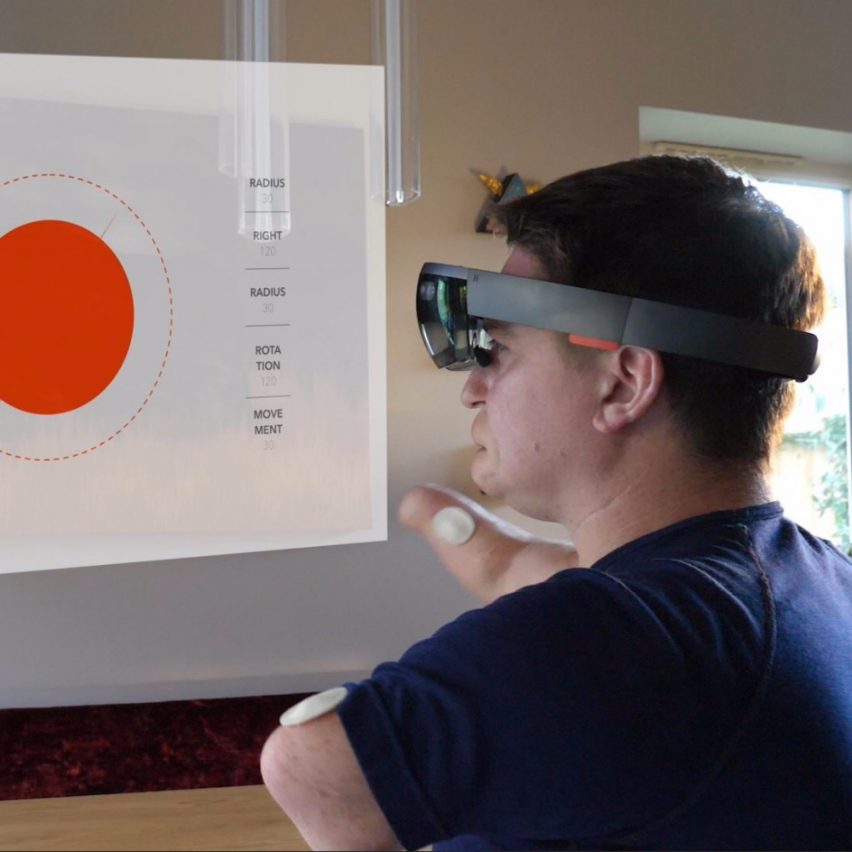
Wearable design of the year:
Dots by Xiaohui Wang, Valentin Weilun Gong and Lan Xiao
Three graduate designers Xiaohui Wang, Valentin Weilun Gong and Lan Xiao developed a body movement-recognition system that enables amputees and people with disabilities to use gesture-controlled smart devices more effectively.
The two-point system is able to perform the four basic manipulations in 3D interfaces: selection, positioning, scaling and rotation.
Dots would act as an add-on system to devices that use gesture-recognition. It uses an application programming interface (API) – software that allows two applications to talk to each other – to connect with a particular device and act as a controller for it.
The design master jury found this project inspirational, stating "to give someone with disability more ability and flexibility is something we should definitely be seeing far more of in design".
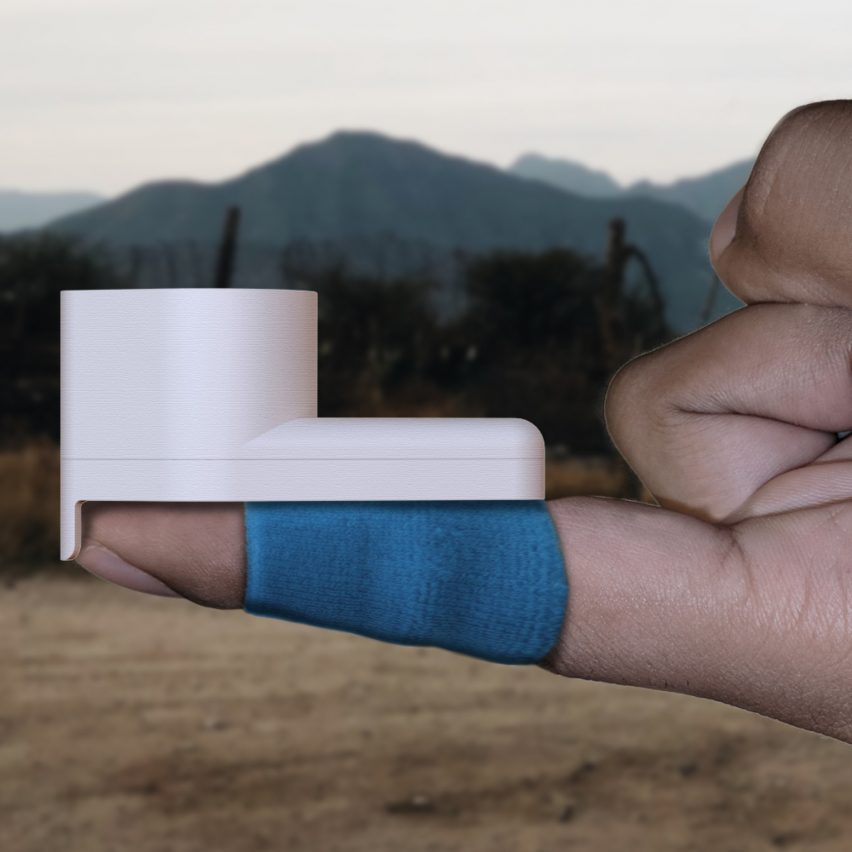
Product design of the year:
CATCH: The HIV Detector by Hans Ramzan
British product designer Hans Ramzan created a pocket-sized device that enables people to test themselves for HIV from their own home.
Costing just £4 to produce, the product was injection moulded from recycled plastic – a composite of recycled polyethylene terephthalate (PET) water bottles and regular PET, and can be easily mass produced.
This is a low-cost, simple device that can save lives," said head judge of the design master jury Margriet Vollenburg.
"It is refreshing to see such a simple and economical design offering the potential to save millions of people, particularly in regions with limited healthcare options."
Highly commended: Walking Wheelchair by Suzanne Brewer Architects
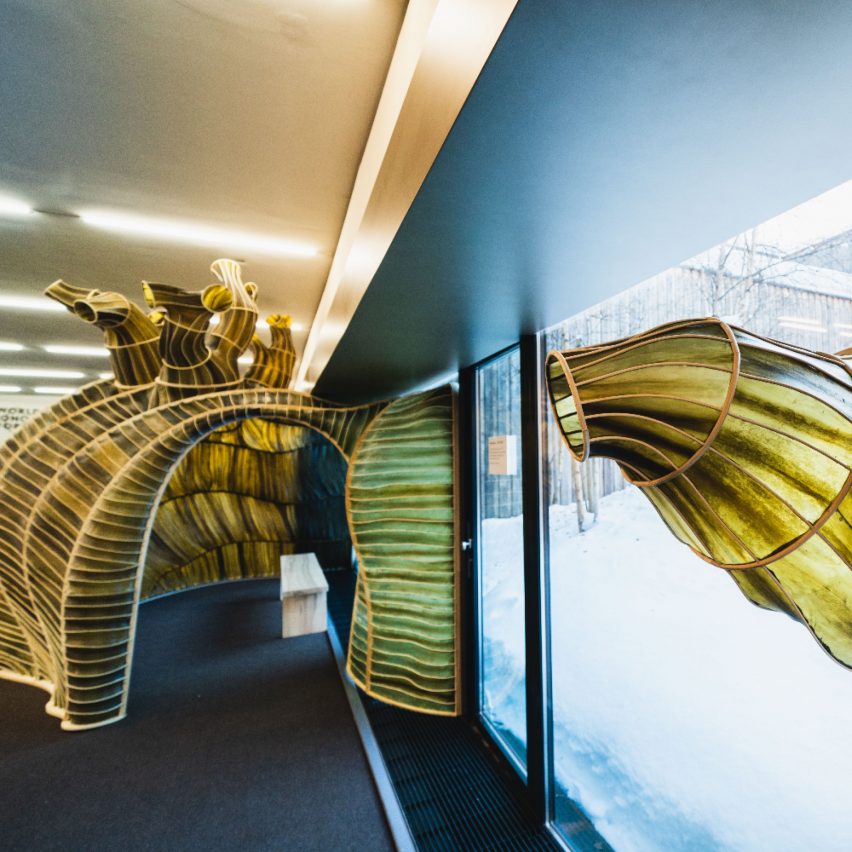
Sustainable design of the year:
The Department of Seaweed Installation and Workshops by Julia Lohmann and Aalto University
Aalto University professor Julia Lohmann designed a pavilion made entirely of seaweed at the 50th World Economic Forum Meeting in Davos, Switzerland .
The seaweed structure was designed to encouraged world leaders to think about the role design can play in the changing world.
The judges liked this project and in particular, commented "the use of seaweed as a design material is fascinating and beautiful".
"The way the material is used is very clever and an inspiration for others to experiment with new materials and new processes," they added.
Highly commended: Blink by Richard Hutten
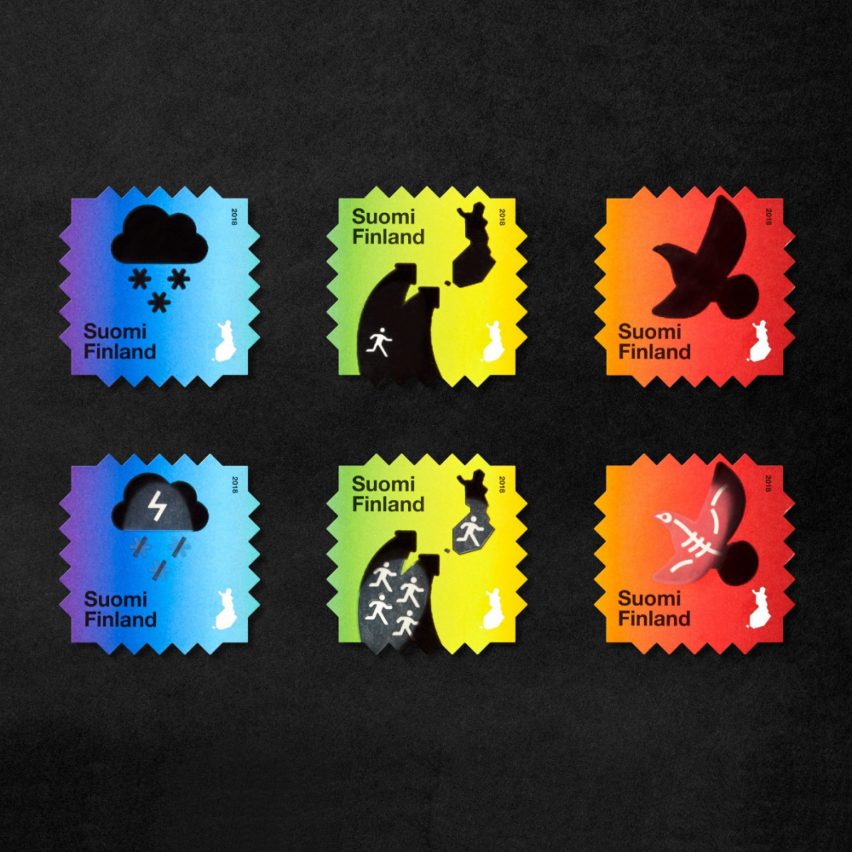
Graphic design of the year:
Climate Change Stamps by Berry Creative
Commissioned by the Finnish Post, the Climate Change Stamps aim to offer an innovative way of communicating the negative effects that rising temperatures will have on Finland.
When heated, the stamps reveal the possible consequences of the climate crisis. They show snow turning into rain, mass immigration due to heat-ruined areas further south, and the extinction of many of Finland's endemic species.
"The climate change stamps raise awareness of something we as designers feel very deeply about," said the judges.
"Using a simple, everyday image to promote an important sustainability message is a great initiative."
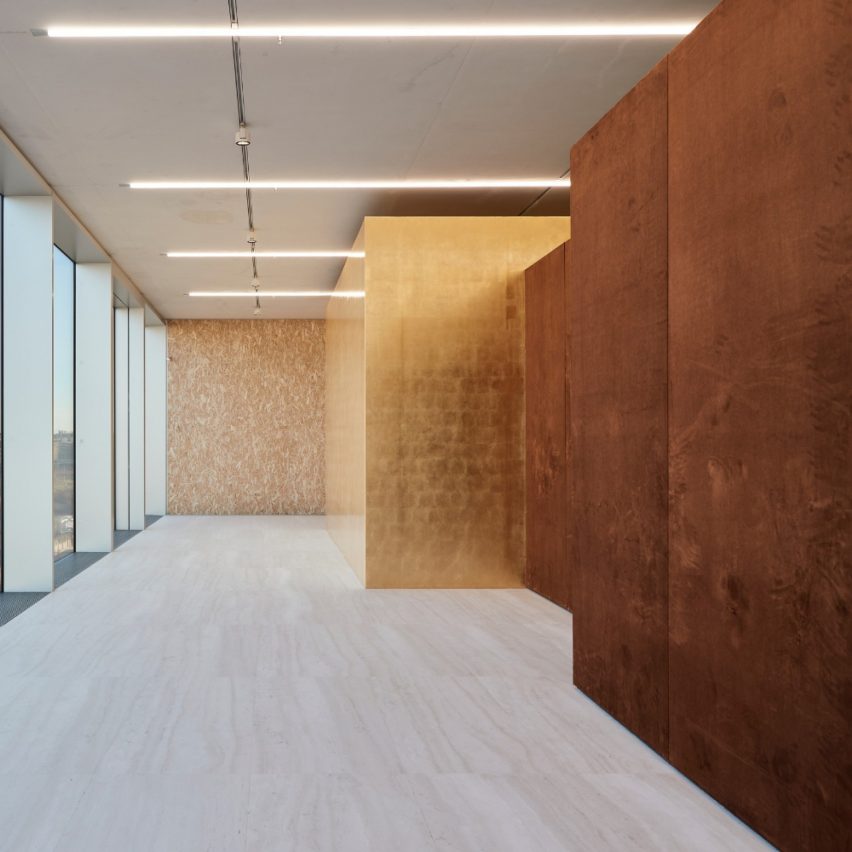
Exhibition design of the year:
The Porcelain Room by Tom Postma Design
Commissioned by Fondazione Prada and created by Tom Postma Design, tise exhibition explores the historical context, scope and impact of Chinese exports of porcelain. It brings together more than 1,700 individual Chinese export porcelains made from the sixteenth to the nineteenth centuries.
"This is a delicate project with a high aesthetic value. It's elegant, fun and sensational, showing innovative craftsmanship that explores new techniques," said the judges.
"When experiencing this exhibition, one is transported into a different world."
Highly commended: The Gun Violence Memorial Project
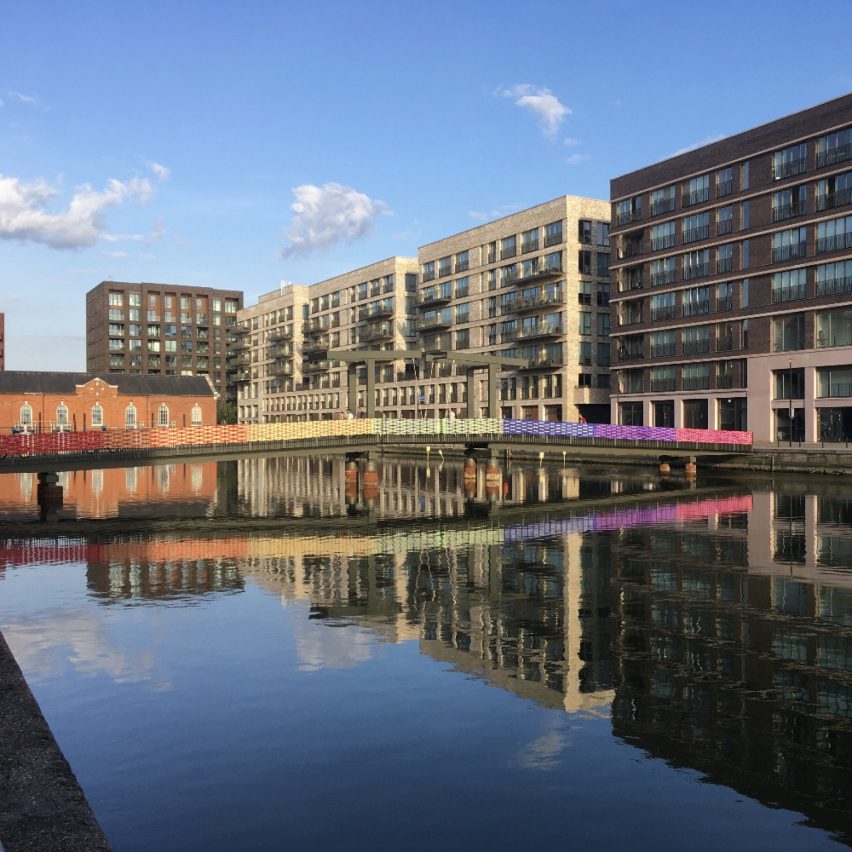
Installation design of the year:
RAW Rainbow by Studio Curiosity
RAW Rainbow is a community-driven public art installation made from sustainably-sourced ribbon.
Created in response to the global pandemic, the project was initiated to bring local residents together whilst maintaining social distancing, and to bring a "message of hope".
Head judge of the design master jury Margriet Vollenburg said: "in these trying times it is particularly inspiring to see projects that encourage communal behaviour within the limits of health restrictions".
"This project builds a sense of community within the confines of difficult current circumstances," she added.

